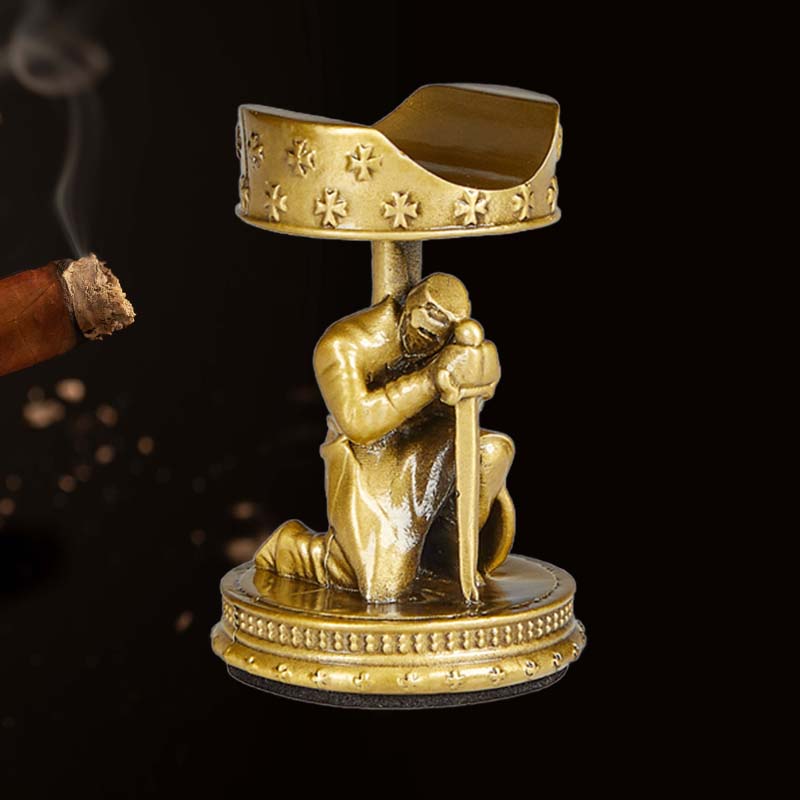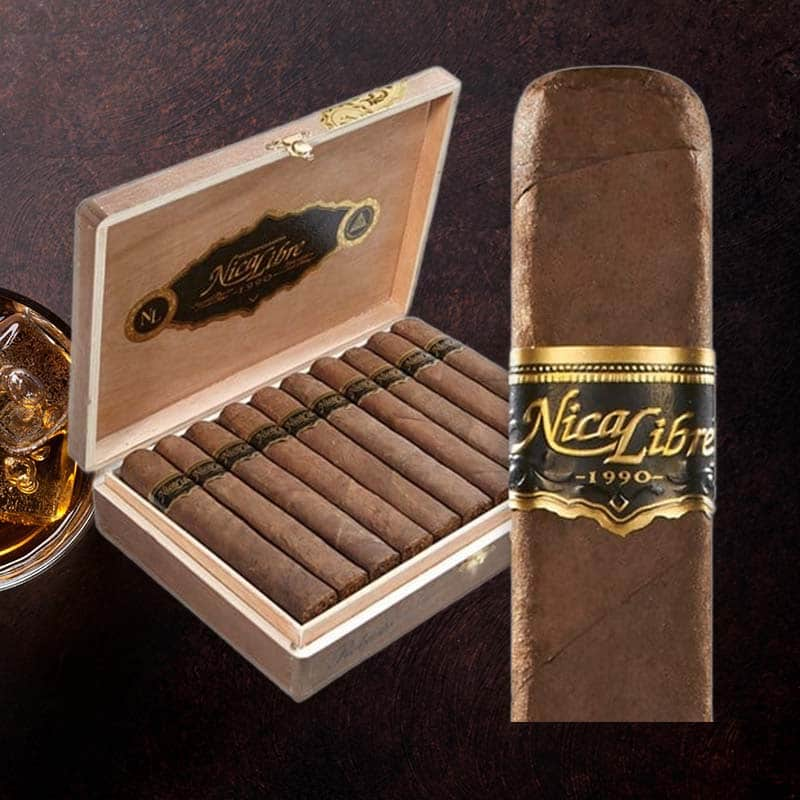How to get a torch lighter to work
導入: Fixing That Jet Lighter You Love
葉巻愛好家として, there’s nothing quite like the moment when I sit down to enjoy my favorite stick, only to be met with an uncooperative torch lighter. The frustration is palpable; after all, this trusty tool has ignited many memorable moments. But don’t worry! 私もそこにいました, and I’m here to help you get your torch lighter back in working order. So grab your lighter and let’s dive into the nitty-gritty of troubleshooting and fixing it.
Understanding Common Issues with Torch Lighters
From inconsistent flames to complete malfunctions, I’ve encountered several common issues with torch lighters over the years. Here’s a quick rundown:
- No spark
- Weak or erratic flame
- Flame goes out quickly
- Fuel leak (hissing sound)
- Blocked jets
ステップ 1: So What You’ll Need for This

必須のツールと材料
Before we begin, let’s gather what we need. I like to have everything ready at hand to make the process smoother:
- 小さなドライバー (Phillips or flathead depending on your lighter)
- Compressed air or a can of lighter cleaner
- Replacement flint
- 高品質のブタン燃料
- Cotton swabs for cleaning jets
ステップ 2: Ok Diagnosis Time Doctor

問題を特定します
Diagnosing the issue is crucial. I like to start by observing the lighter while trying to ignite it. Is there any sound, any sign of life? Once I narrow it down, troubleshooting becomes easier:
- No sound? Likely an issue with the fuel.
- Sound but no flame? Might be a spark or blockage issue.
- シューという音? Fuel leak!
ステップ 3: Opening Your Lighter Up

Safe Disassembly Instructions
Let’s take a look inside. Carefully open your lighter to access the mechanisms. 覚えて: 最初に安全! Always make sure your lighter is empty of fuel before starting. 私は通常:
- Unscrew the bottom cap, using my small screwdriver.
- Remove the inner parts slowly to avoid any damage.
ステップ 4: Adjusting the Spark
How to Ensure a Strong Spark
A strong spark is essential for ignition. If your lighter isn’t sparking, これが私がしていることです:
- Check the flint – is it too worn down? Replace it if needed.
- Use compressed air to clear debris from the spark area.
- Inspect the striker for any damage that might prevent sparking.
ステップ 5: So I Did That, But I’m Not Getting Anywhere

Troubleshooting Further Issues
If you’ve completed the previous steps and still face issues, don’t lose hope! Let’s troubleshoot further:
- Evaluate fuel quality – I always choose high-quality butane.
- Check the adjustment screw that controls the flame height.
- Inspect for blockages in the fuel jets or tube.
ステップ 6: Putting It Back Together
Reassembly Tips and Tricks
Once you’ve resolved the issue, it’s time to put it all back together. I recommend reversing the disassembly steps carefully:
- Reinsert the components in the correct order.
- Screw the lighter bottom back on snugly, but don’t over-tighten.
ステップ 7: I Do Believe We’re Done

Final Checks Before Use
Now for a few final checks before the action:
- Fill with high-quality butane.
- Allow a minute for the fuel to settle.
- Test spark and flame – fingers crossed!
高品質のブタンを使用してください

燃料品質の重要性
Quality butane matters—a lot! I’ve experienced how low-grade fuel can clog jets and lead to issues. Always opt for reputable brands when refueling.
炎を確認してください

Adjusting Flame Height and Intensity
Tuning your lighter’s flame is essential. I often adjust the flame height to suit wind conditions, especially when outside. こちらです, I ensure a consistent burn without blowing out!
フリントを確認してください
Inspecting and Replacing Flint
Regularly inspect your flint. A simple replacement can make a world of difference—I often keep spare flints on hand for quick fixes.
シューという音を確認してください

Understanding Fuel Leaks
A hissing sound indicates a fuel leak. I always check the seals and fittings – leaking fuel is not only frustrating but can also be hazardous.
補充する前にタンクを出血させます
Steps to Bleeding Properly
Before filling with butane, it’s crucial to bleed your lighter. I do this by pressing down the refill valve – this clears out any old fuel and allows for better performance.
補充後、ライターがウォームアップするのを待ちます

Why Warming is Necessary
補充後, allow your lighter to warm up for a minute. I’ve found that this helps in creating a better flame, especially in colder conditions.
ジェットをきれいにします

How to Clear Blockages
Blocked jets are a common problem. I use cotton swabs and compressed air to make sure they’re clean and unobstructed regularly.
5 Common Issues that Torch Lighter Won’t Light, How to Fix Them

Quick Fixes for Frequent Problems
Here’s a quick summary of common issues and their fixes:
- No spark: Replace flint or adjust striker.
- 弱い炎: Adjust flame screw or check fuel quality.
- Fuel leak: Inspect seals and fittings.
- Blocked jets: Use cleaning methods as described earlier.
- Pressure issues: Bleed gas before refilling.
トーチを軽く維持します: クリーニング, 出血, 燃料補給
長寿のためのベストプラクティス
To prolong the life of my torch lighter, 私はこれらのベストプラクティスに従います:
- Regularly clean the jets and parts.
- Use high-quality butane only.
- Inspect seals and the ignition system frequently.
Preventing Future Lighter Problems

Tips to Keep Your Lighter in Top Shape
ついに, to prevent issues before they arise, I focus on proper usage and storage, keeping my lighter out of extreme temperatures and safeguarding it from impacts.
よくある質問
Why won’t my torch lighter work?
If your torch lighter won’t work, it may be due to a lack of fuel, a blocked jet, or a worn flint. By following the steps above, you can easily diagnose and fix the issue.
なぜこのトーチが点灯しないのですか?
If your torch is not lighting up, it could indicate that the fuel is empty or there’s an issue with the spark mechanism. Check for both to resolve the issue.
Why does my torch lighter spark but not light?
This typically relates to insufficient fuel reaching the jet, a blockage, or a faulty ignition. Inspect the lighter to identify the specific issue.
How to start a torch lighter?
To start a torch lighter, adjust the flame control, イグニッションボタンを押します, and ensure it has fuel. If there are problems, refer back to the troubleshooting steps.





